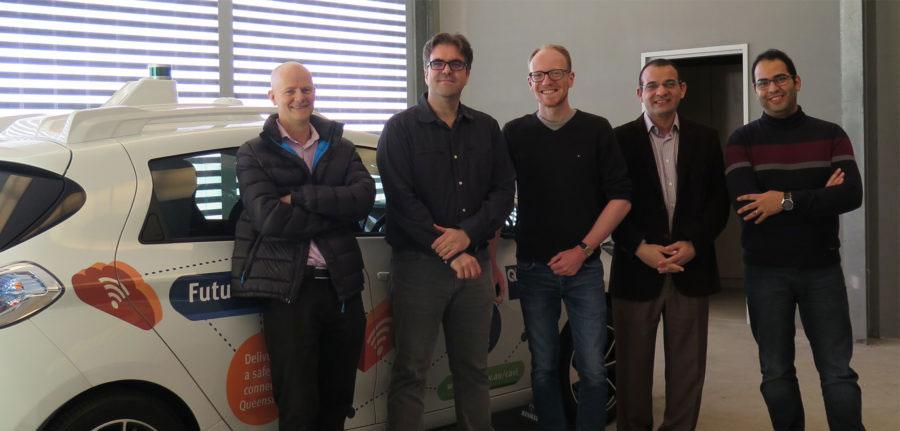Researchers from Queensland University of Technology (QUT) are set to host a panel discussion looking at some of the key issues of operating AVs on public roads in Australia. The talk will be held as part of its robotics and technology festival Robotronica, taking place on Sunday, August 18, in Brisbane.
QUT has been working with the Queensland Department of Transport and Main Roads (TMR) to test a Level 4 CAV prototype called ZOE2 as part of the Cooperative and Highly Automated Driving (CHAD) pilot project.
The car arrived in Brisbane in June and has been undergoing extensive off-road testing and analysis since. Visitors to Robotronica will have the opportunity to ride in the ZOE1 data collection vehicle and the ZOE2 CAV. ZOE1 has been testing the road environment to ensure the safe deployment of ZOE2.
The vehicles were built by French research consortium VEDECOM, using a standard commercially available Renault Zoe electric vehicle as its base. The AV has been granted a permit for testing on predefined Queensland roads and is under the constant supervision of qualified engineers.
Dr Andy Bond, director of Future Mobility, QUT, said, “There is no other passenger vehicle in Australia that, on the one hand, can operate alongside existing traffic on public roads and on the other hand, has the full suite of automated technology that can take it into fully automated mode. ZOE2 represents a new and exciting major research asset that will enable the design and development of new components for future vehicles. This enables QUT to investigate AV perceptions, safety and operational requirements for the next generation of vehicles.”
Bond said that current discussions about automated cars can generally be split into two camps: automated vehicles as a novelty in today’s manual driving universe; and the future where automated vehicles would be the most common type of car.
But Bond said the really challenging point would come somewhere in the middle of this evolutionary change, when roads were populated by a mix of both types of vehicle. He added that by better understanding the impact on safety and transport for all road users, we will be better positioned to optimize how this mix evolves.


